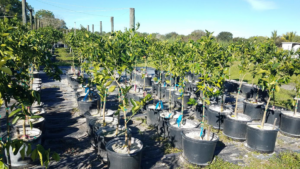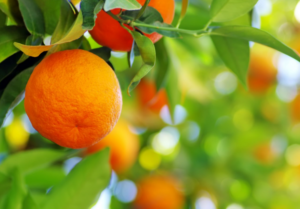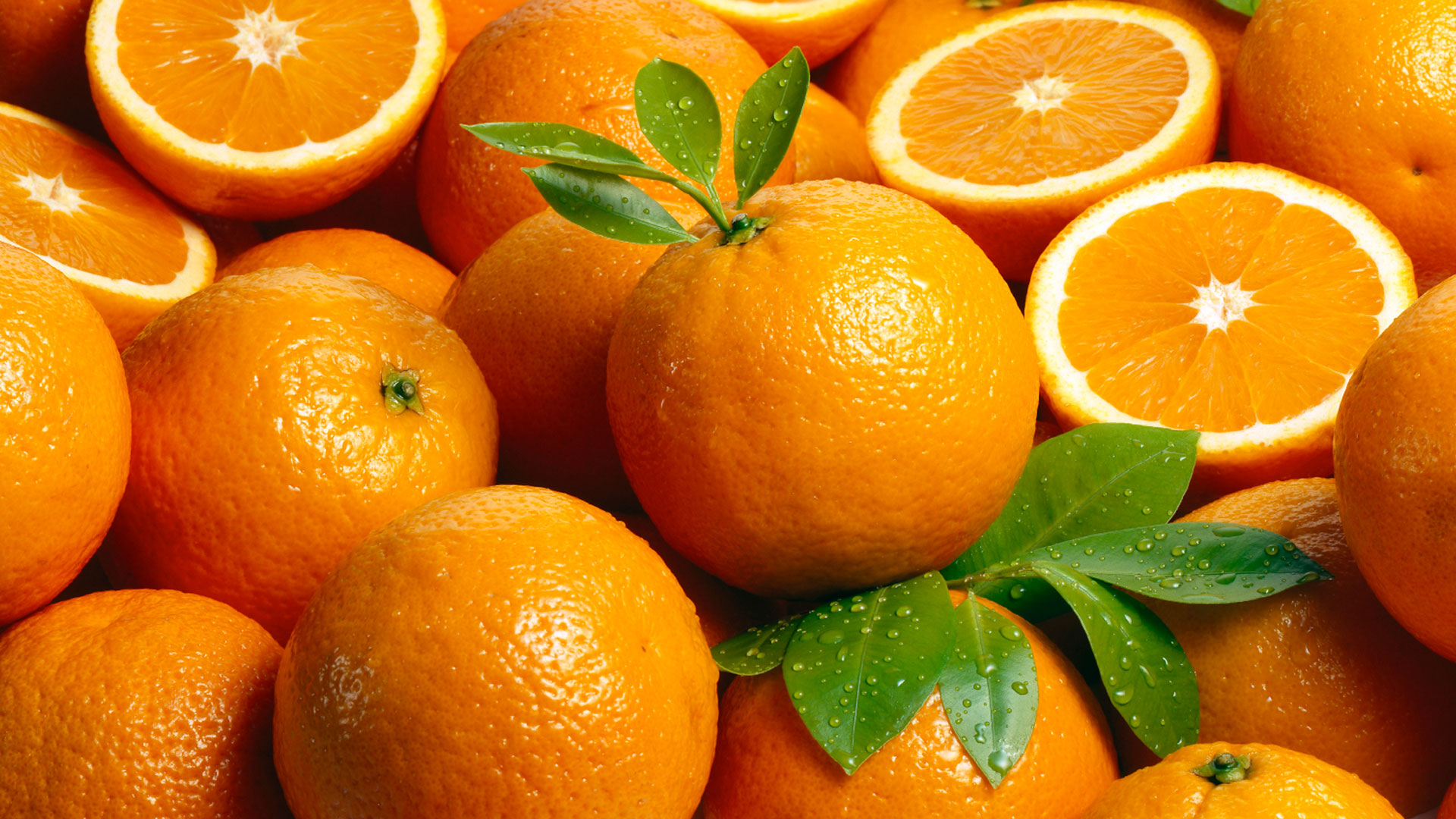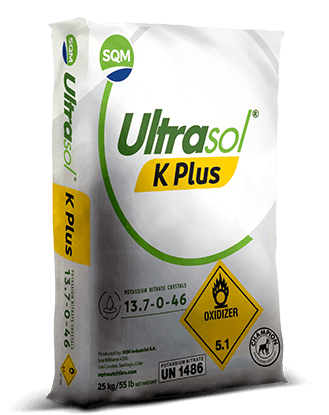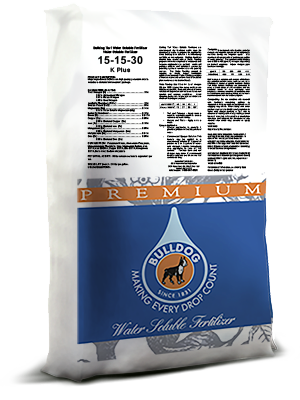Citrus is a major crop in the Valencia province in Spain. The crop requires a large quantity of nitrogen fertilizers and irrigation water. When not managed properly leaching of nitrates to the drain water can cause contamination of the aquifers. Growers need to implement a more efficient nitrogen application method to decrease the contamination rate in the citrus area. Research work has been conducted to address this objective. The nitrogen absorption efficiency was determined, in relation to the type of fertilizer (potassium nitrate or ammonium sulphate), moment of application and soil characteristics.
In a first study, fertilizers enriched with a labeled isotope (15N) were applied to sandy and loam soils, both calcareous, in spring and summer. It was observed during the whole trial period, that percentage of absorbed nitrogen of the total amount supplied, was higher on sandy soils and when N was applied with potassium nitrate (Figure 1). Lower nitrogen absorption efficiency was observed on loam soil when N was applied as ammonium sulphate (Figure 2).
The second study in a clementine orchard (cv. Nules), focused on nitrate (NO3-) and ammonium (NH4+) mobility in the soil, both applied through drip irrigation. It was observed that the nitrate ions moved easily to a lower depth, in contrast to the ammonium ions which showed a more restricted mobility in the wet bulb. Ammonium was found to be subject to rapid nitrification, thus the restricted mobility did not cause problems in availability of nitrogen. Nitrate concentration was higher in the wet bulb when the drip irrigation line was buried in (at 30 cm soil depth), compared to superficially placed drip lines. This observation indicates that the nitrification process of ammonium is more efficient when drip lines are buried in.

Figure 1. Efficiency in N absorption (percentage of labeled 15N recovered) during the trial period when supplied with potassium nitrate or ammonium sulphate on a sandy soil.

Figure 2. Efficiency in N absorption (percentage of labeled 15N recovered) during the trial period when supplied with potassium nitrate or ammonium sulphate on a loam soil.



